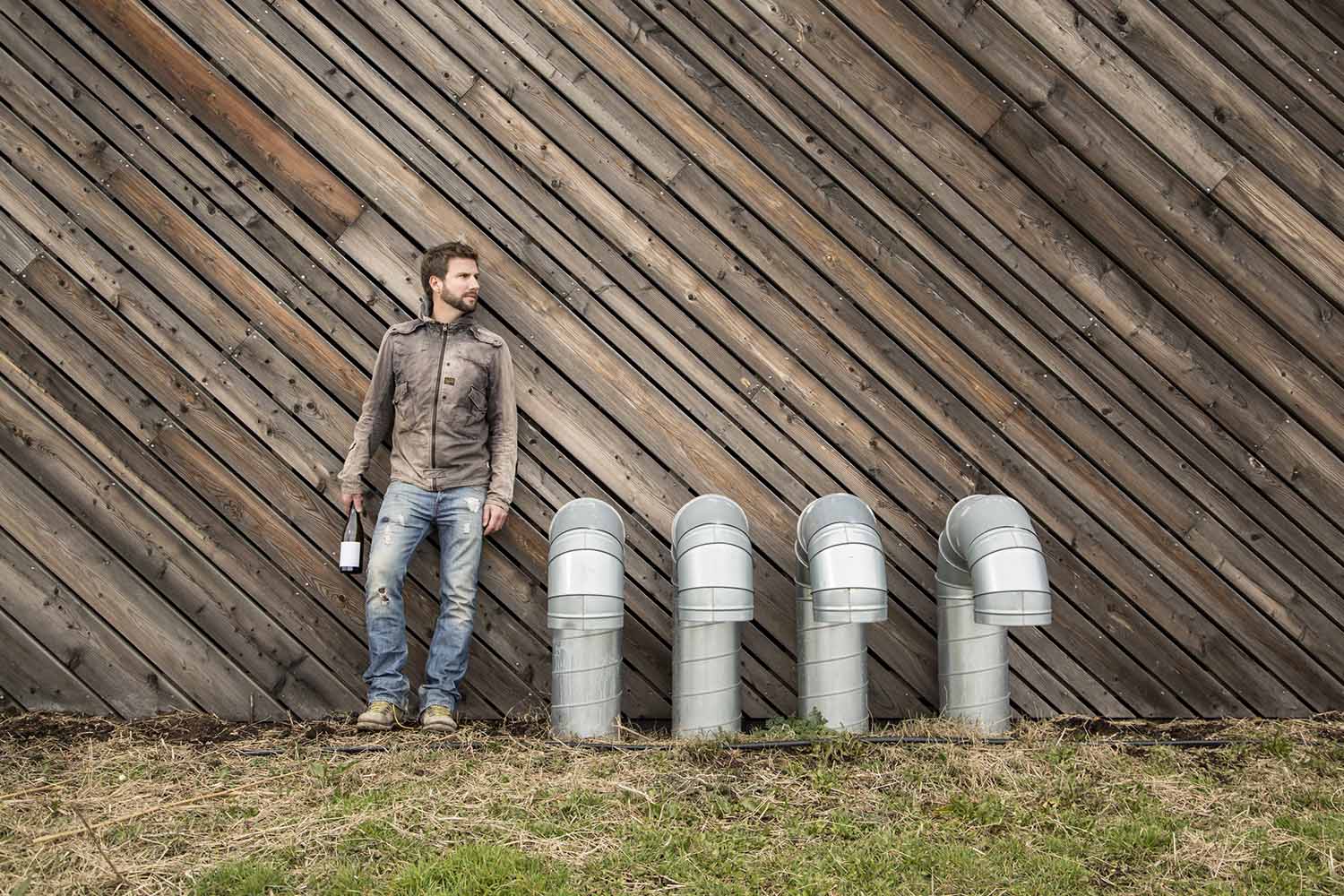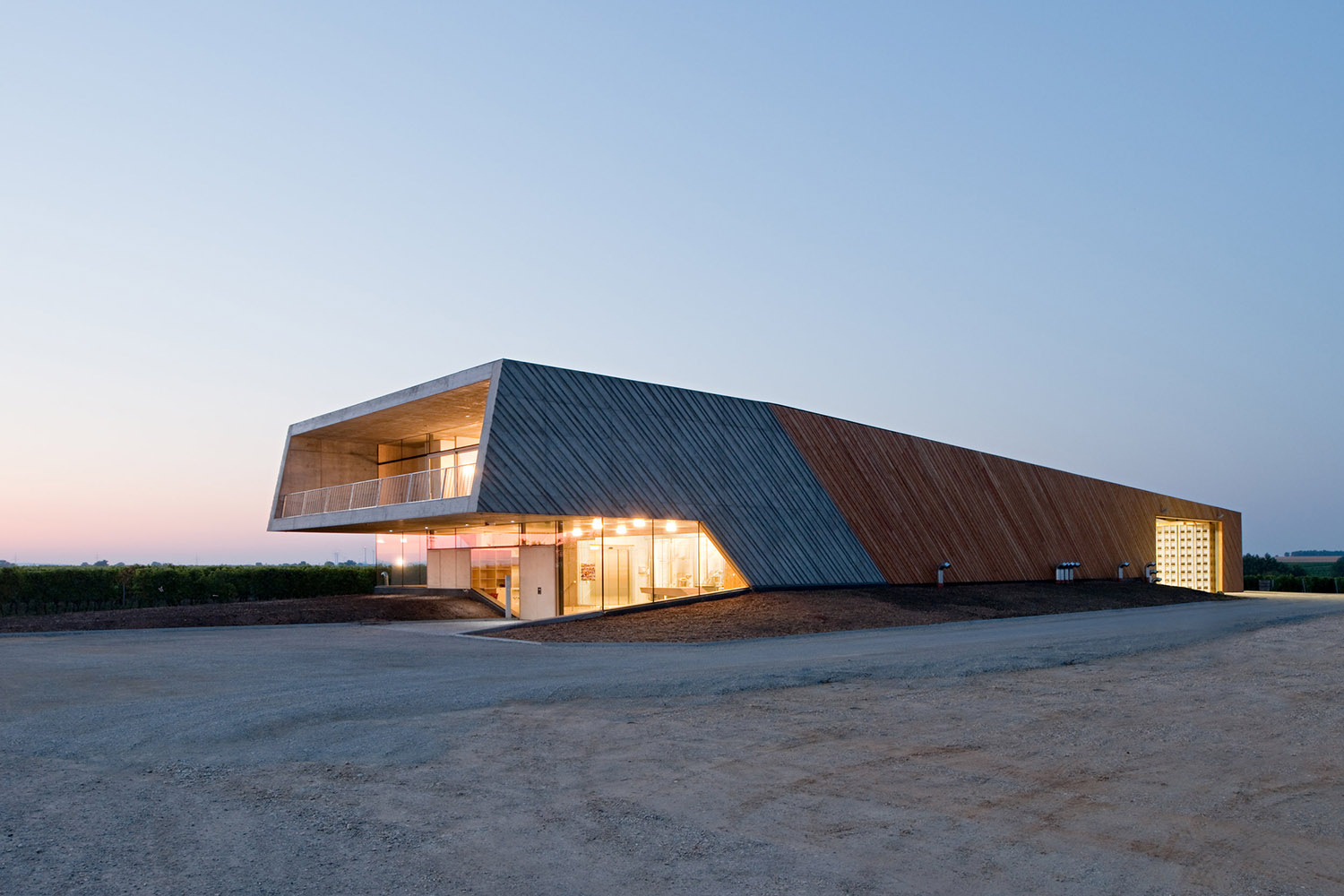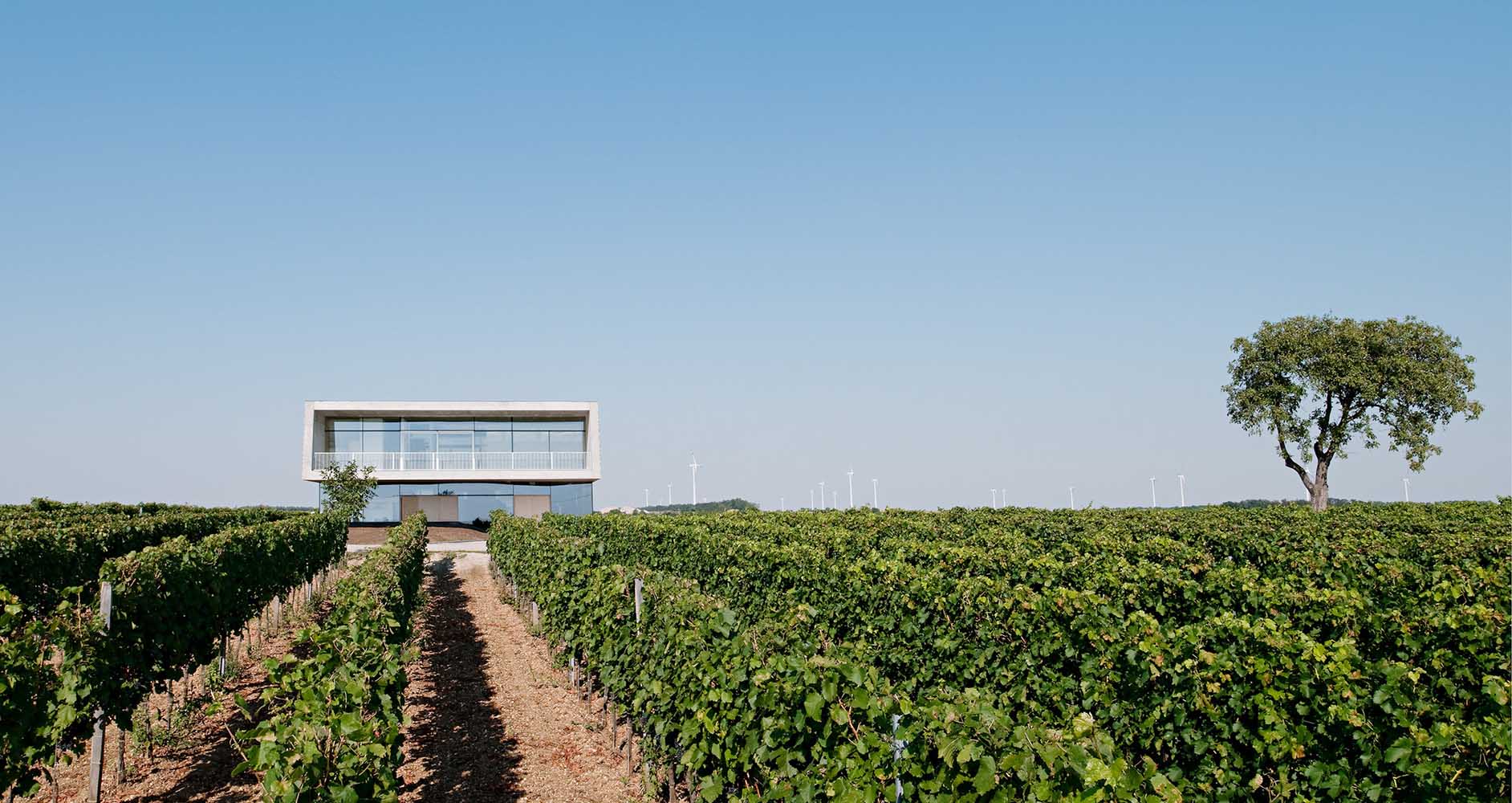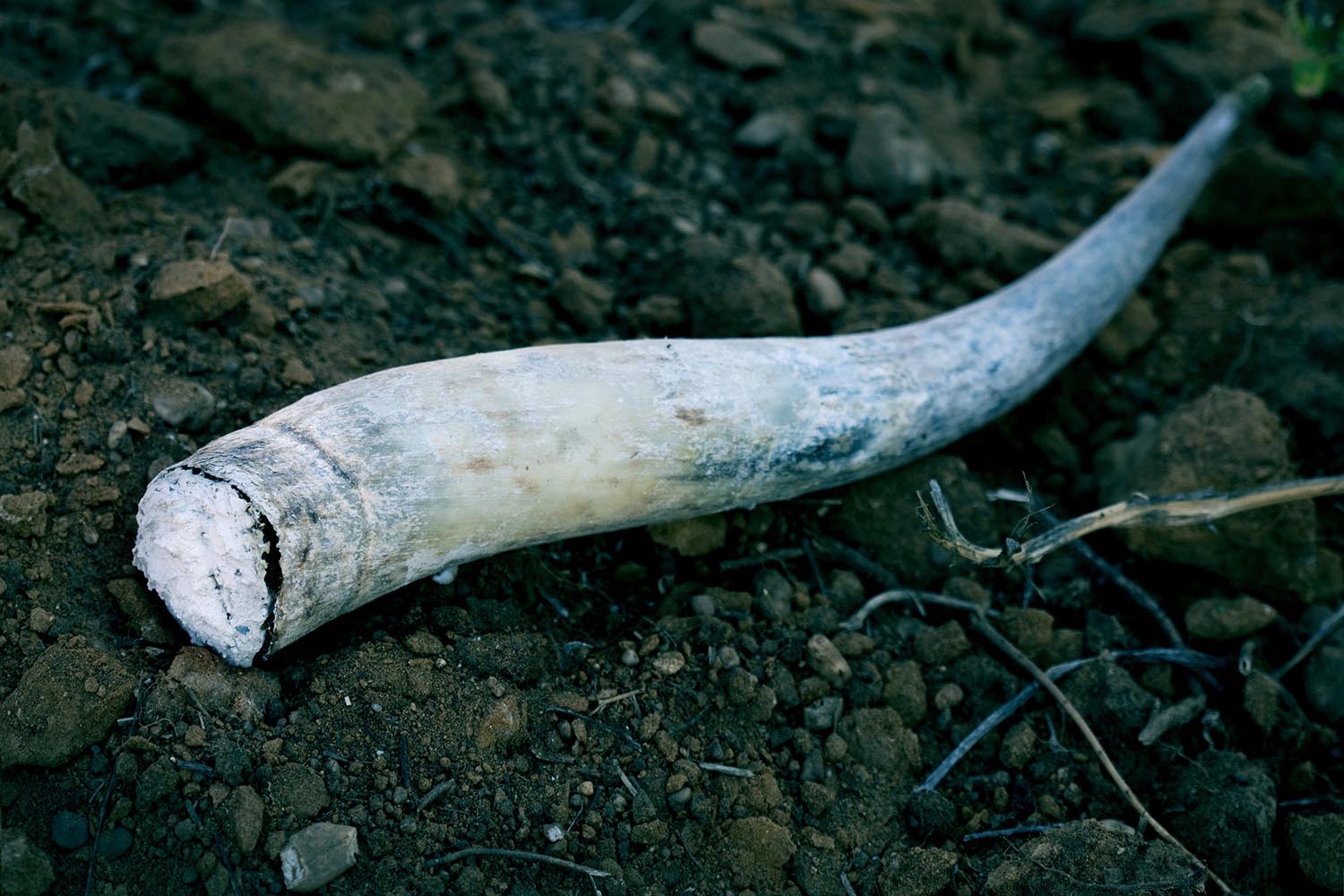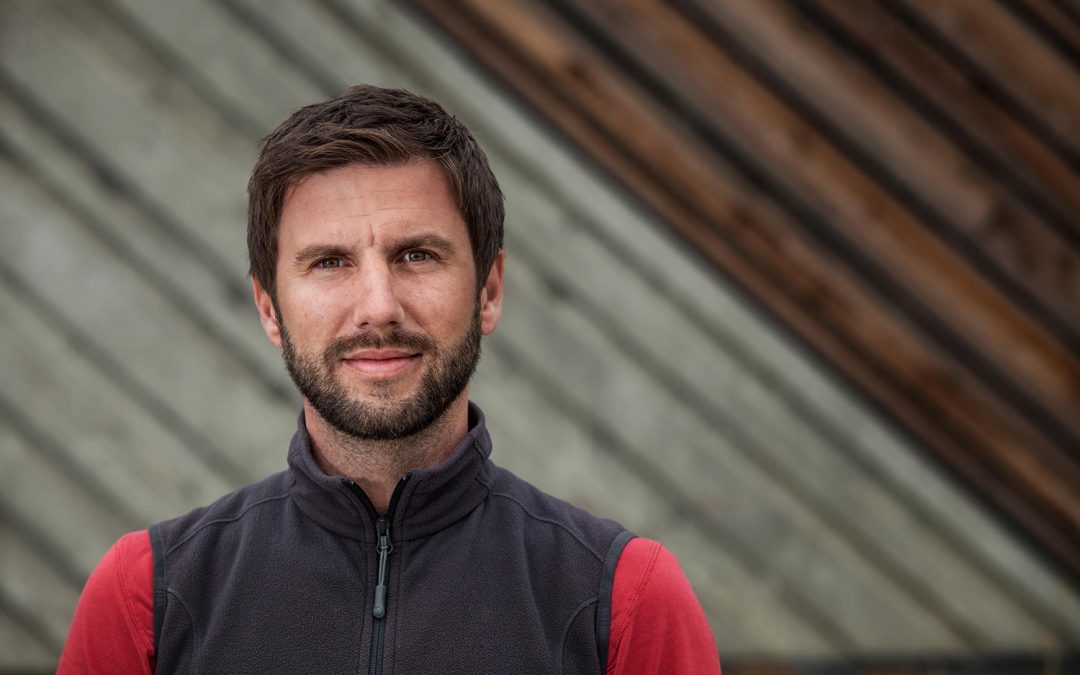Claus predominantly focuses on native grape varieties, including Blaufränkisch, Zweigelt, Grüner Veltliner, and St. Laurent. Additionally, he incorporates small amounts of Pinot Noir and Pinot Blanc into his work. Sourcing grapes from 64 distinct plots on both the west and east sides of Lake Neusiedl, he naturally engages with diverse microclimates and soil compositions, ranging from limestone to loess.
To highlight the distinctive qualities of his terroirs and the untainted, natural character of his grapes, Claus employs an extremely minimalistic winemaking approach. Instead of utilizing cultivated yeast, he relies on the indigenous strains present in his vineyards and cellar. There is no filtration or fining in the winemaking process, and he uses minimal or no sulfur. This choice has, at times, posed challenges in obtaining official approvals for his wines and labelling them with specific appellations.
He opts to age many of his wines in amphorae rather than traditional wooden barrels, considering it a deliberate regression to the essentials—emphasizing the grape and the soil. Additionally, he employs partial carbonic maceration in crafting Blaufränkisch, imparting vibrancy and fruity characteristics to the grape. This deliberate approach aims to create wines that are captivating in their youth while also possessing the potential for graceful ageing.
Over time, Claus has progressively enlarged his estate. Currently, he possesses approximately 25 hectares (62 acres) of vineyards, supplemented by an additional 15 hectares (37 acres) under lease exclusively dedicated to producing his entry-level cuvée, Puszta Libre. His overall annual production amounts to approximately 200,000 bottles.
Receiving recognition from renowned wine publications, Claus is a prominent figure in Burgenland, actively shaping the region. His wine portfolio spans from enjoyable, easily approachable varieties with distinctive labels to more profound wines that demand contemplation and ageing. As a trailblazer in the natural wine movement within Burgenland and Austria, he consistently pushes boundaries to create unabashed wines that authentically reflect both himself and his homeland.
